After breakfast on 16 February we set off on the long drive from Yala to Sinharaja, which is a biodiversity hotspot and considered the country’s last viable area of primary tropical rainforest. It therefore draws in many birders and others interested in the fauna and flora of the country. To break the journey we stopped at the Niwahana restaurant near Udawalawe for a buffet lunch.
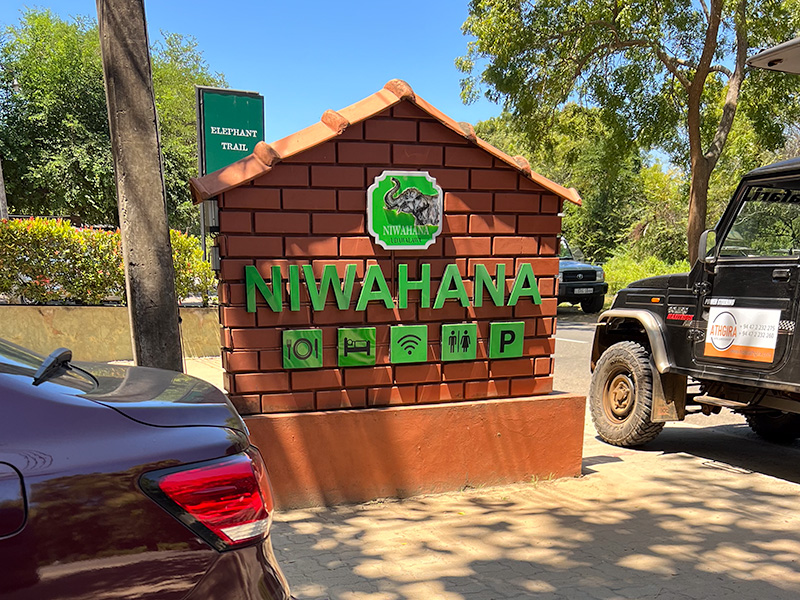

In Sinharaja we were staying at the Blue Magpie Lodge, which is named after the most iconic bird of Sri Lanka and which can be seen in the nearby Sinharaja Forest Reserve. At the lodge we had a large room that allowed us to spread out with all our photographic gear!
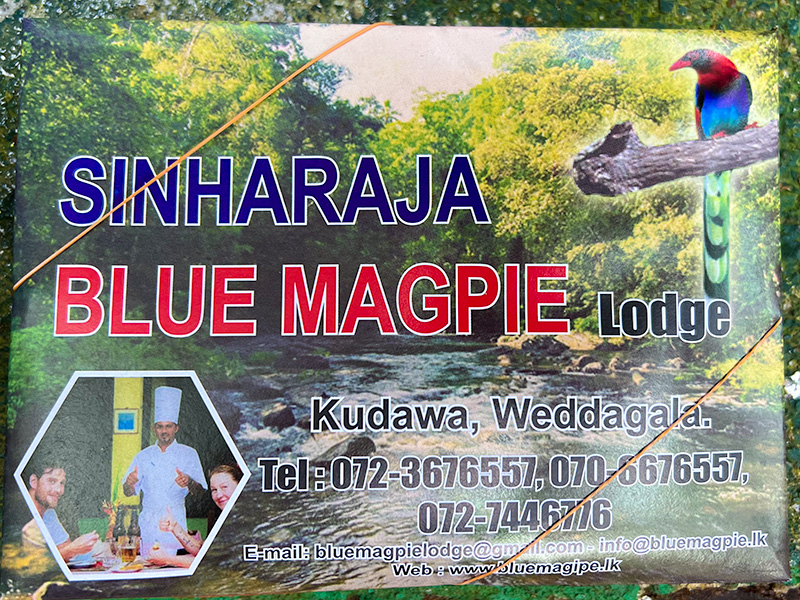
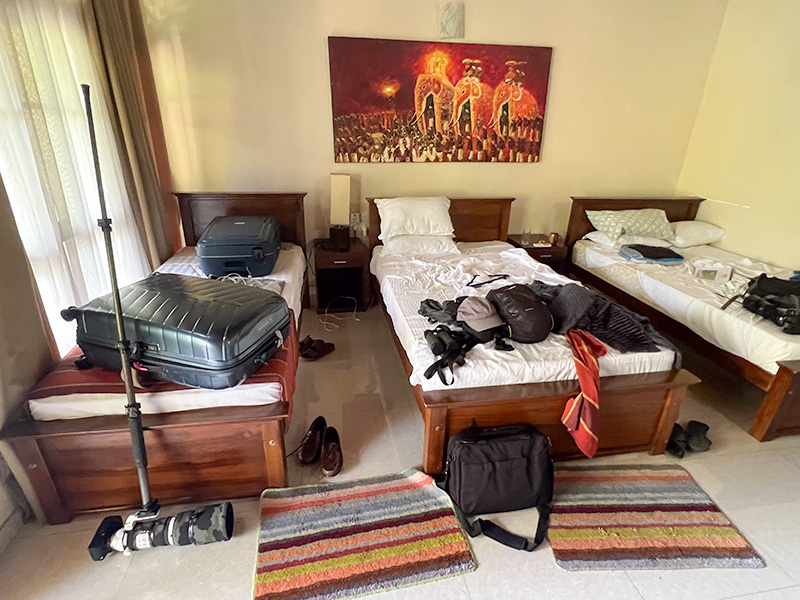
The highlight of the afternoon was finding one of the most sought-after birds on the island – the Serendib Scops Owl. This owl was first seen in 2001 and was accepted as a species in 2006, making it the most recently-discovered bird in Sri Lanka. To see the bird we had assistance from local guide Thandula, but reaching the roost site was a challenge and involved climbing up a steep boulder-strewn track.
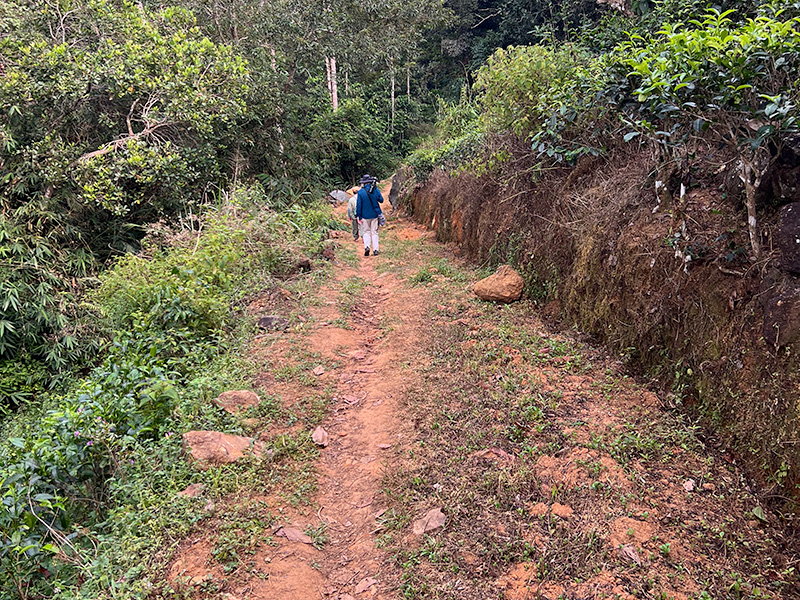
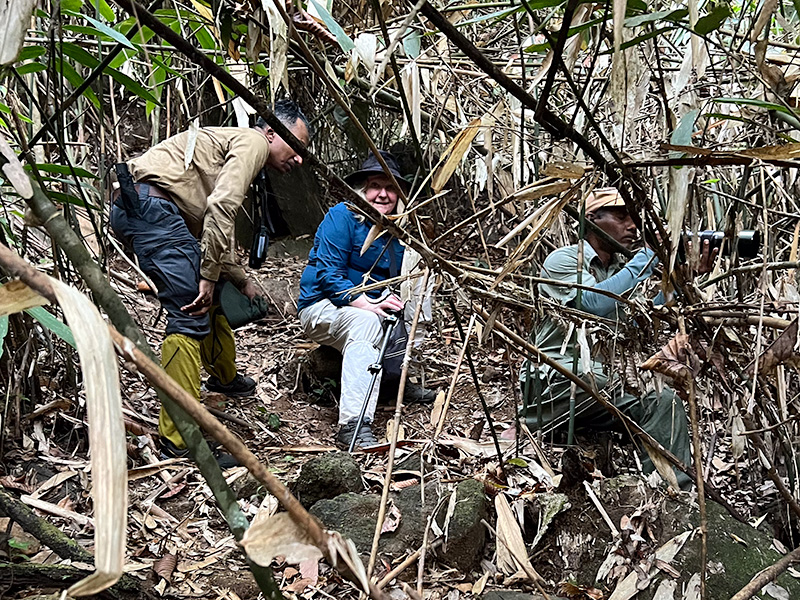
The Serendib Scops Owl was deep in the vegetation, so getting a clear shot was a challenge but we did find a way through the tangle and get a good photo of the front of the bird. As we started our descent of the track we also got a view of the owl from the side.

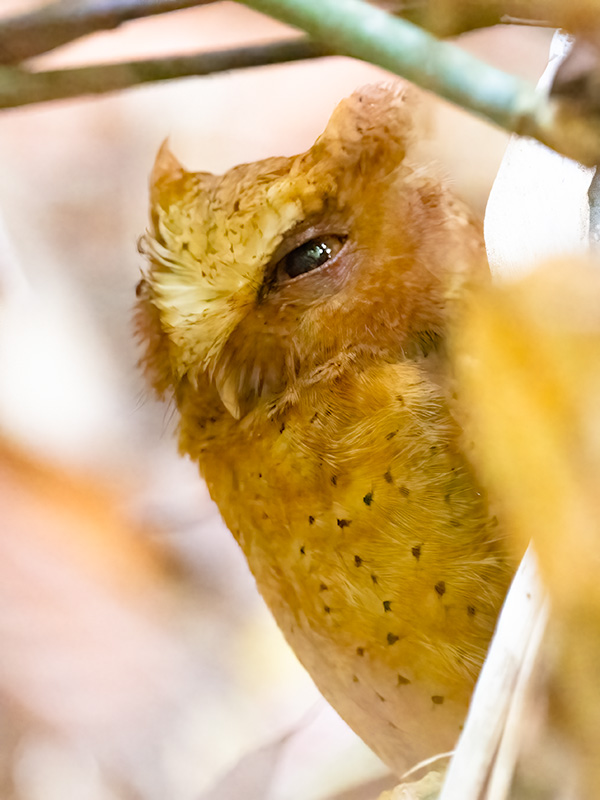
We had one more big success in the afternoon in seeing a Chestnut-backed Owlet. We first heard the owl as we descended the track and had to return up the hill to get a rather distant shot of the bird.

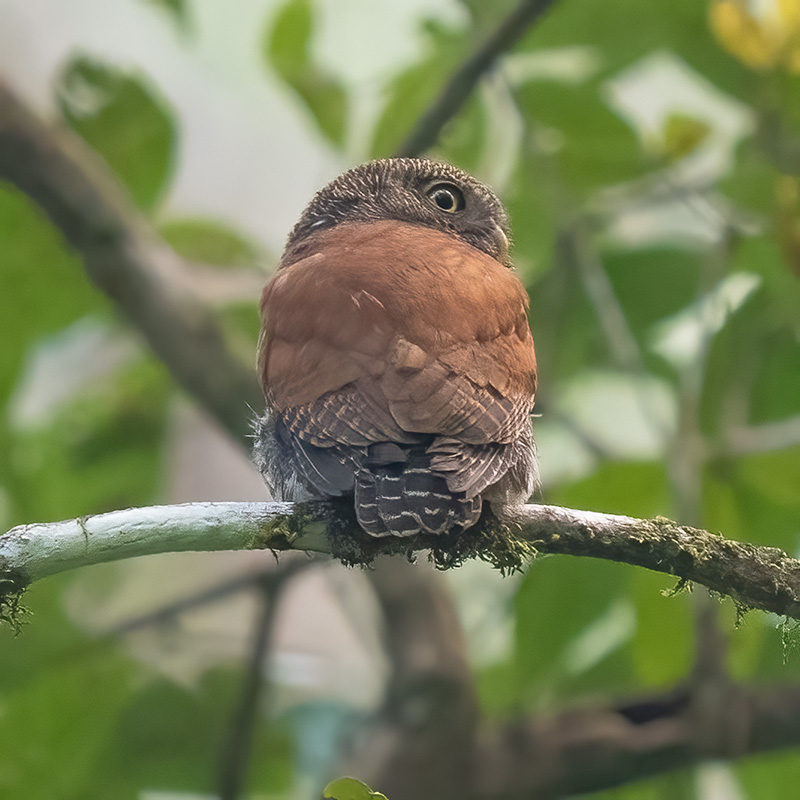
On 17 February we made an early start for a full day of birding in the Sinharaja rainforest. The road up to the forest was very steep and rough and it was a relief to arrive at our first destination, which was a new lodge under construction that already had a bird hide in operation. The hide proved very productive and we soon got good photographs of the endemic Sri Lanka Spurfowl and Sri Lanka Junglefowl.

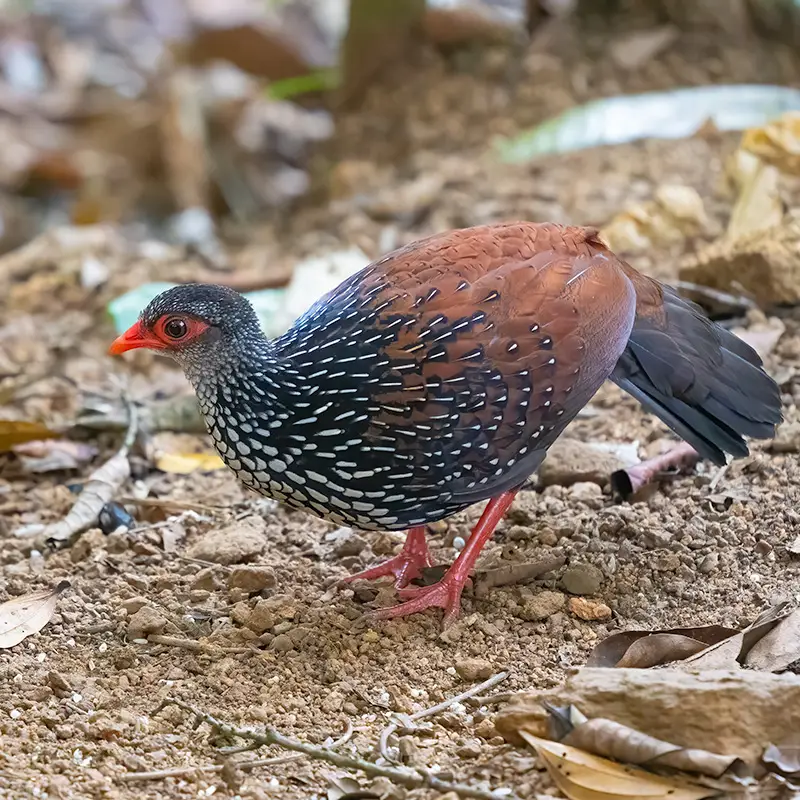
We then spent some time birding around the area of the new lodge, which gave good views over he treetops below. Here we saw Layard’s Parakeet, White-faced Starling and Sri Lanka Myna.
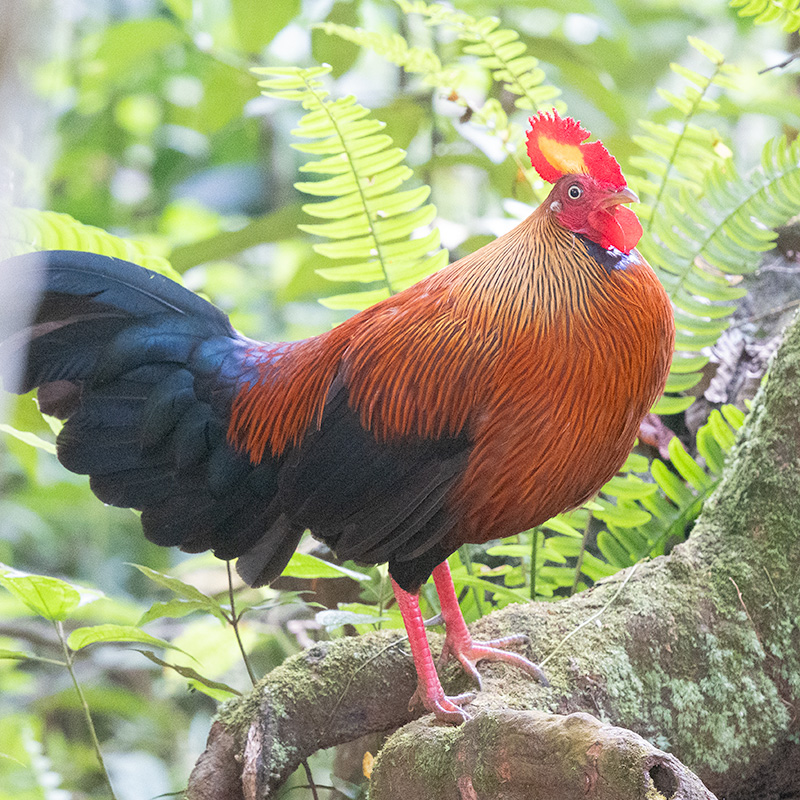
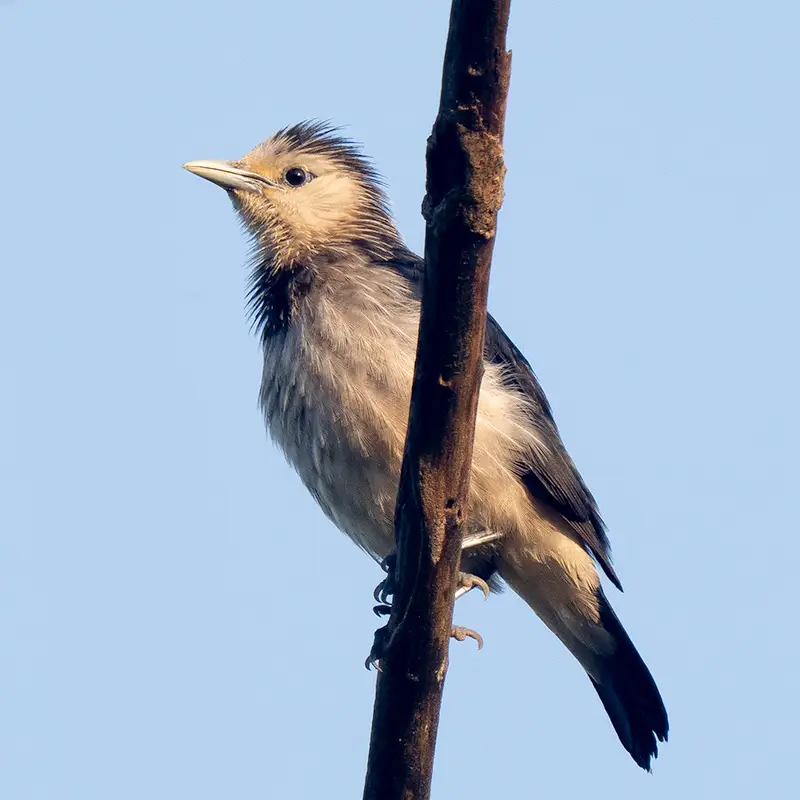
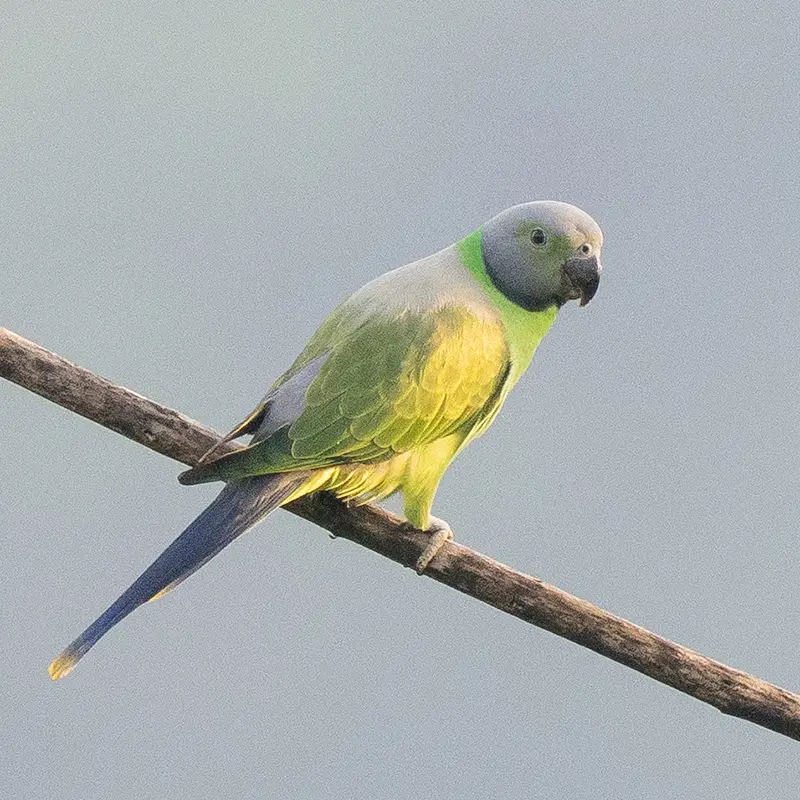
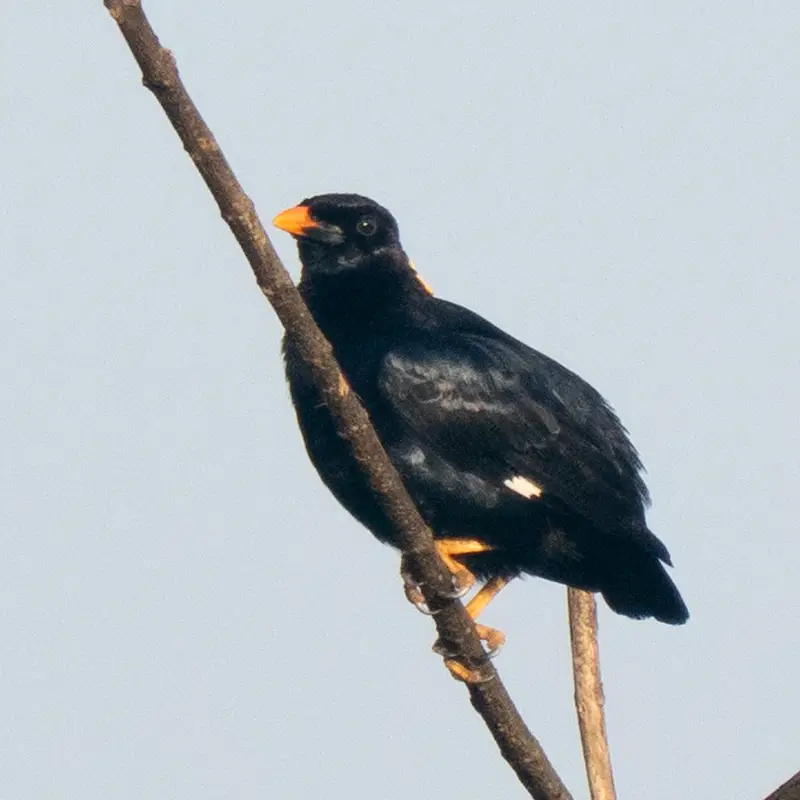
After this successful start to the day we drove to one of the entrances to the Sinharaja Forest Reserve where we met our local guide Thandula and set off along the trail at 8 AM. At first the birding was a bit slow, but gradually improved during the morning. We searched for birds in the dense undergrowth on either side of the road and saw Sri Lanka Drongo and Spot-winged Thrush.
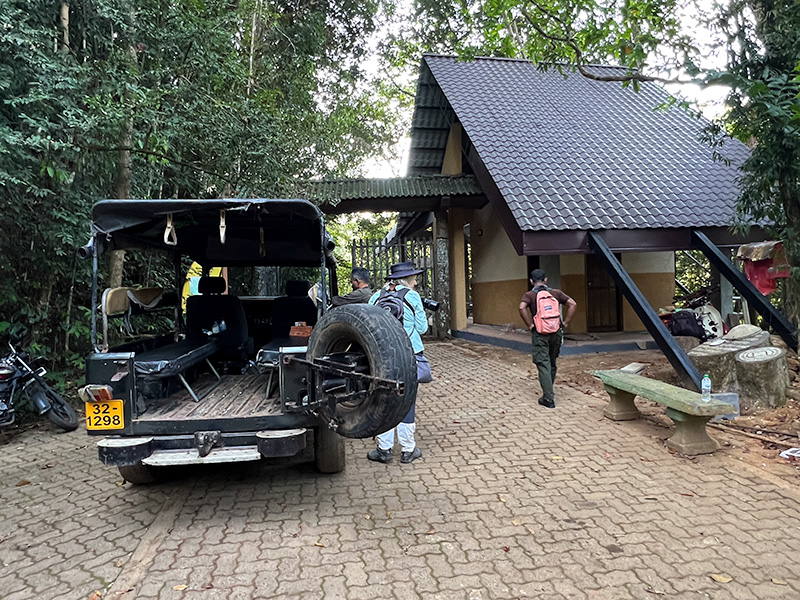
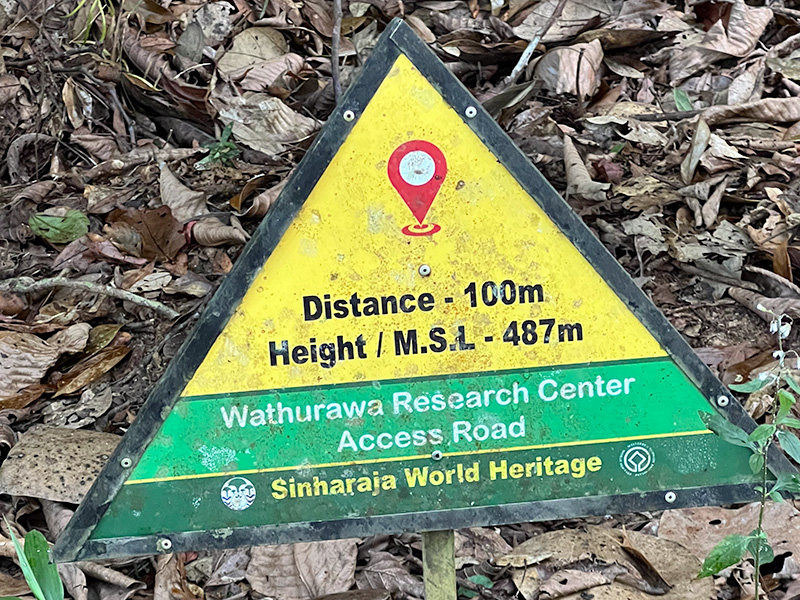
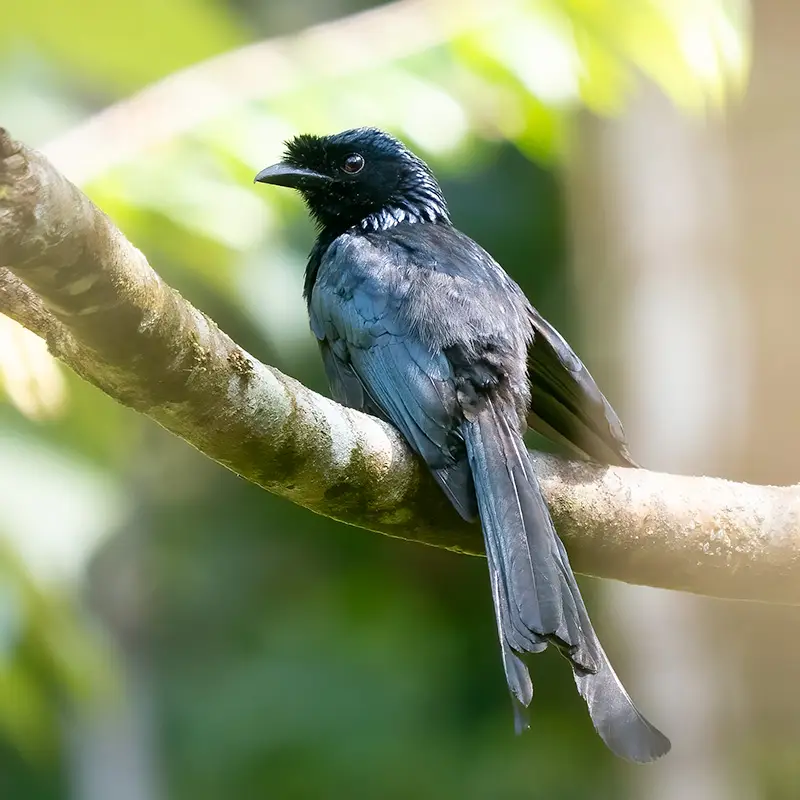
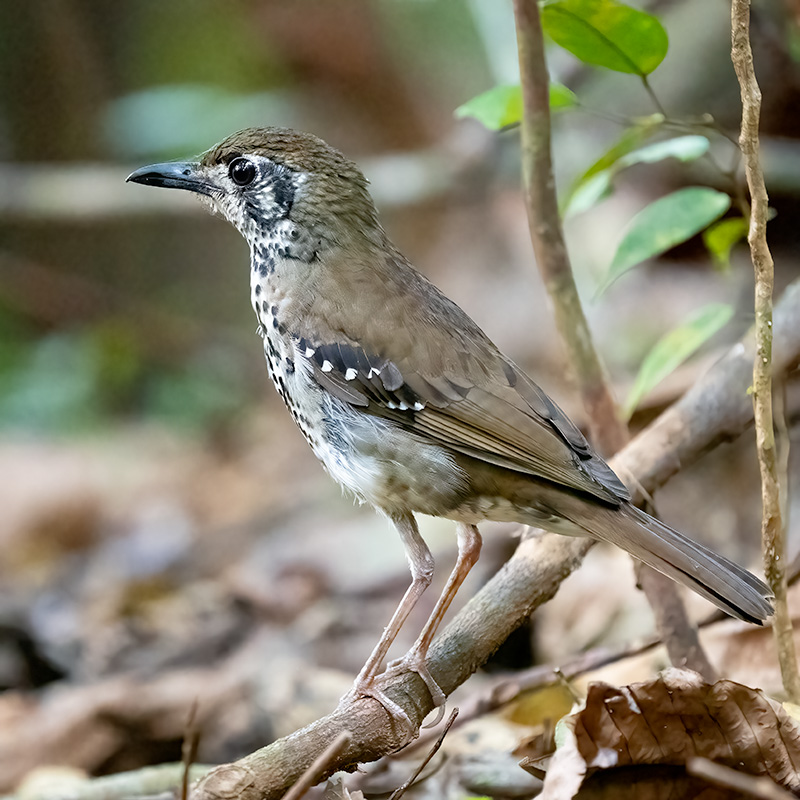
Many birds were high in the canopy and were a challenge to photograph, although we got better photographs of the species later in the trip.
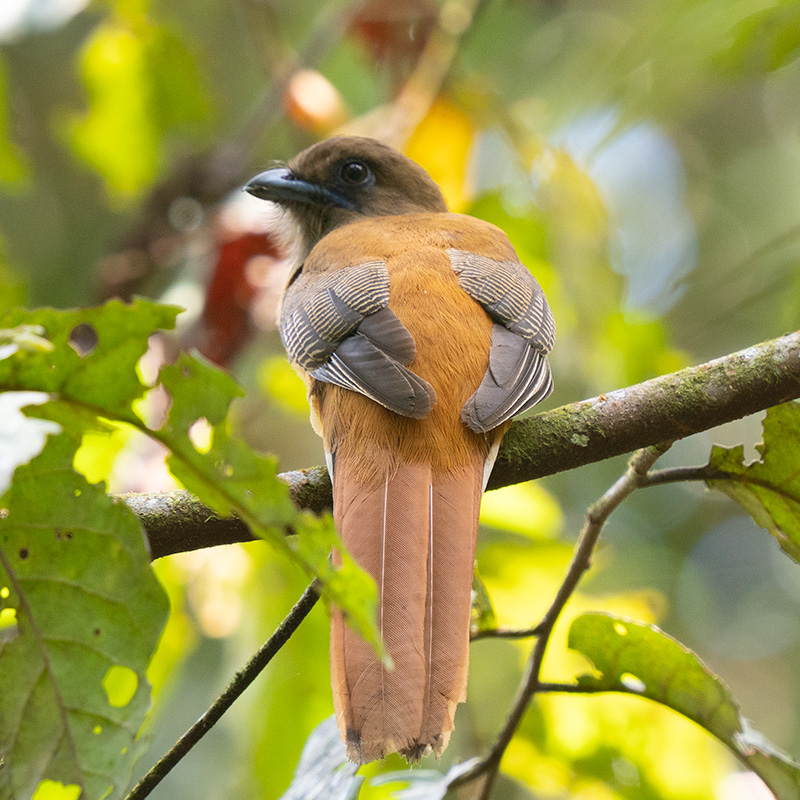

We then stopped at Martin’s Lodge for lunch, which gave us a chance to see a number of species near the feeders, including the Square-tailed Bulbul. We also saw the Sri Lanka Blue Magpie, which is one of the iconic bird of Sri Lanka. Fortunately, a pair were nesting in a nearby tree and, from the upper level of the lodge, we were able to get photographs and a video of the bird with its young.
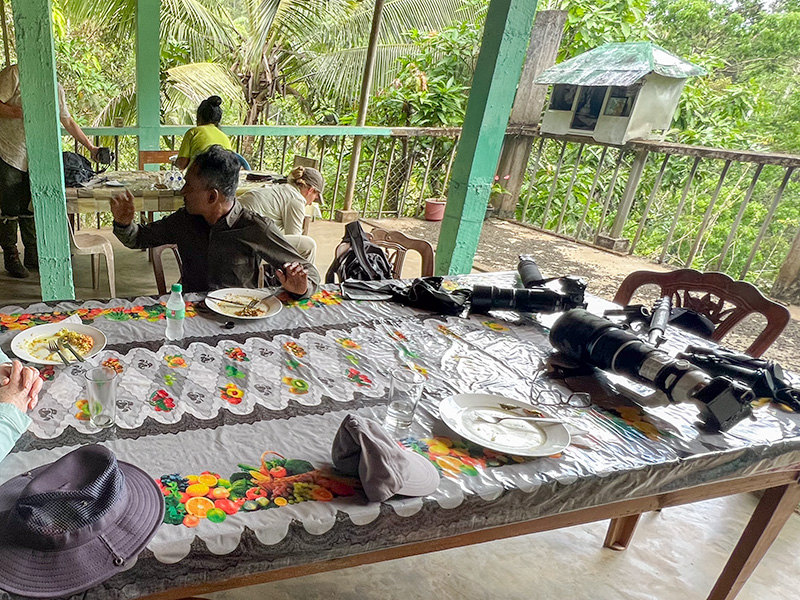
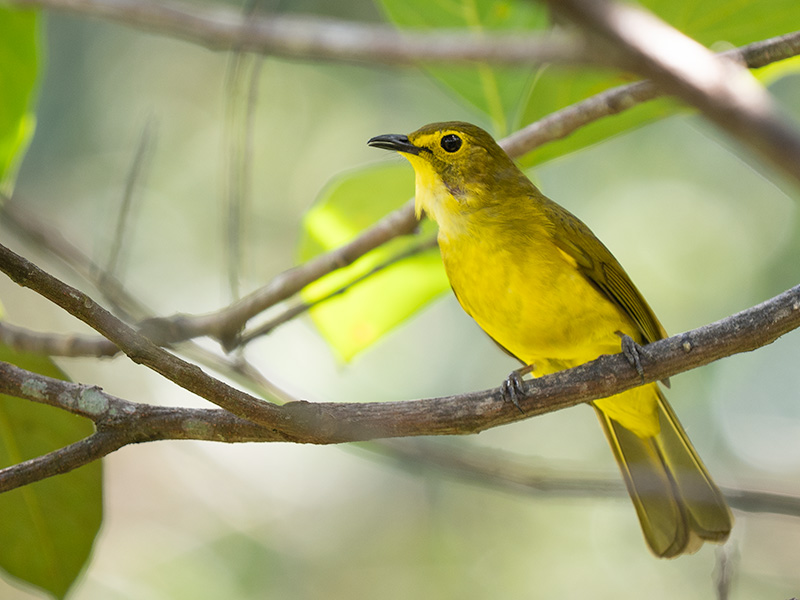
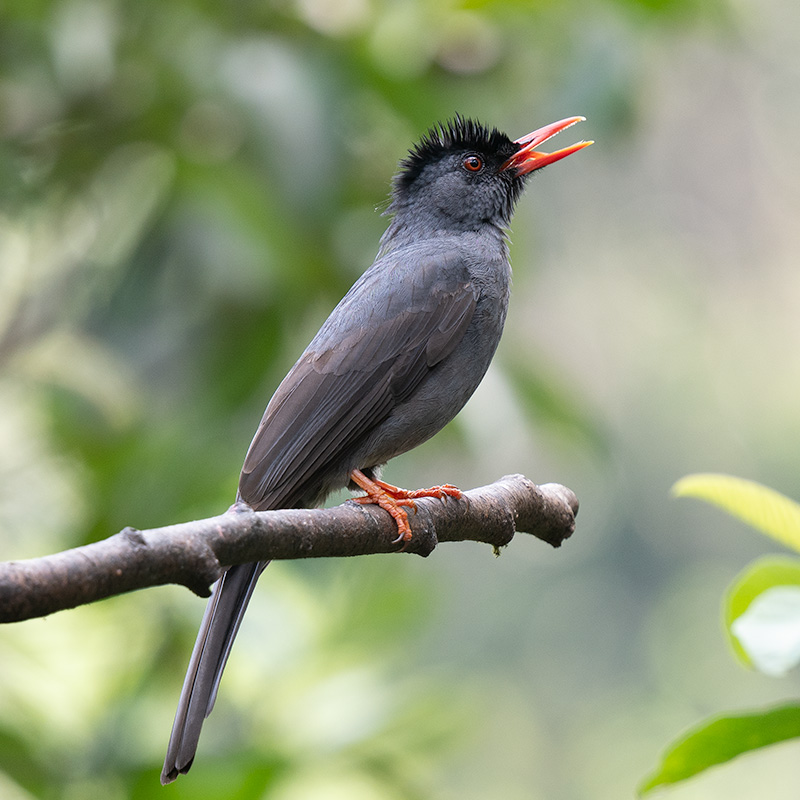
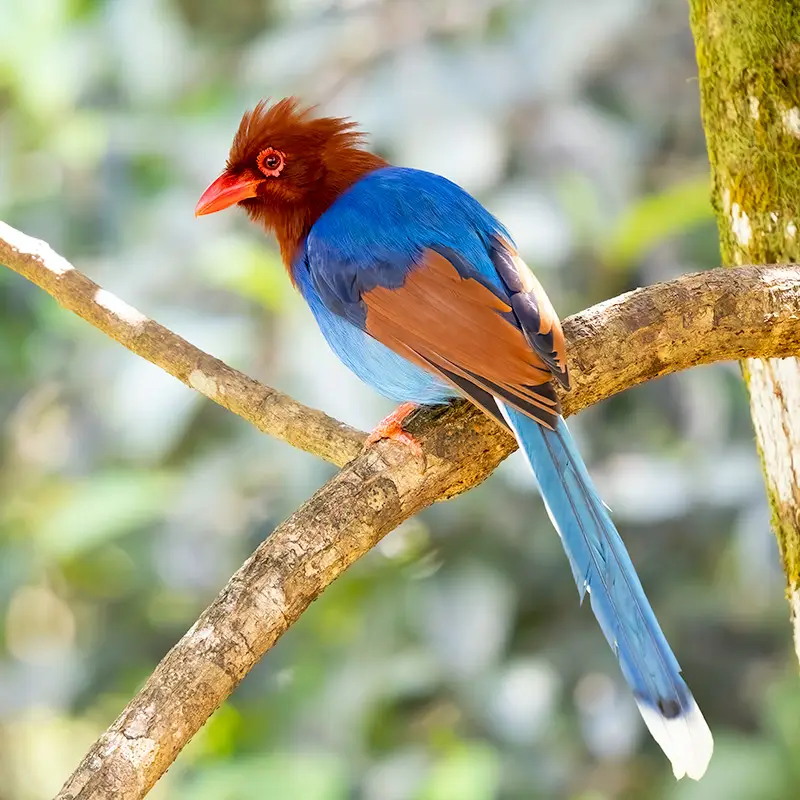
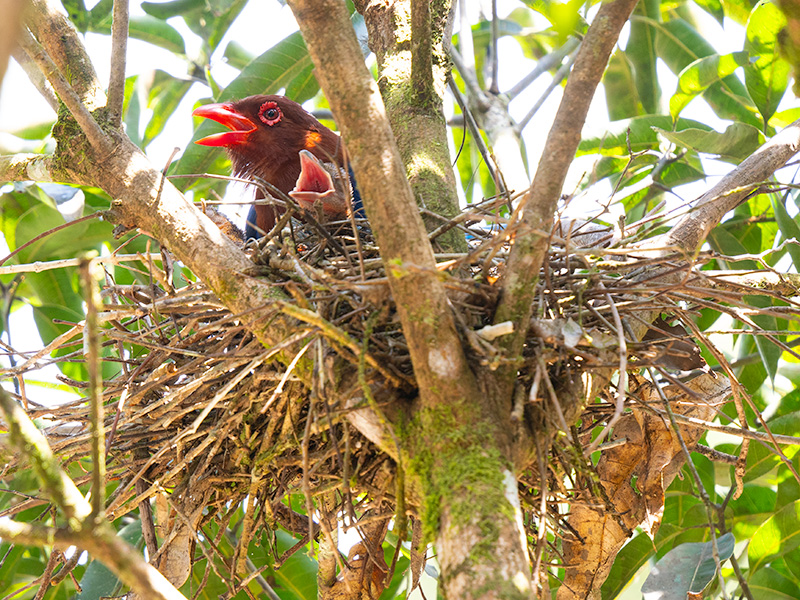
Once back in the park, we had another good sighting of Layard’s Parakeet and a fleeting glimpse of the endemic Green-billed Coucal as it peered out from some vegetation after a long hunt for this special bird.
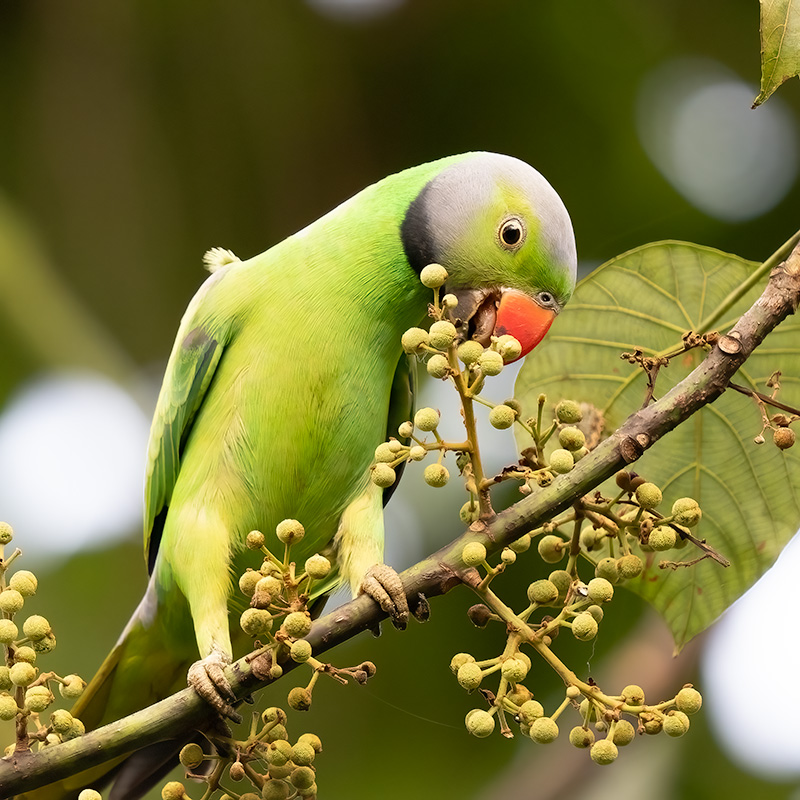
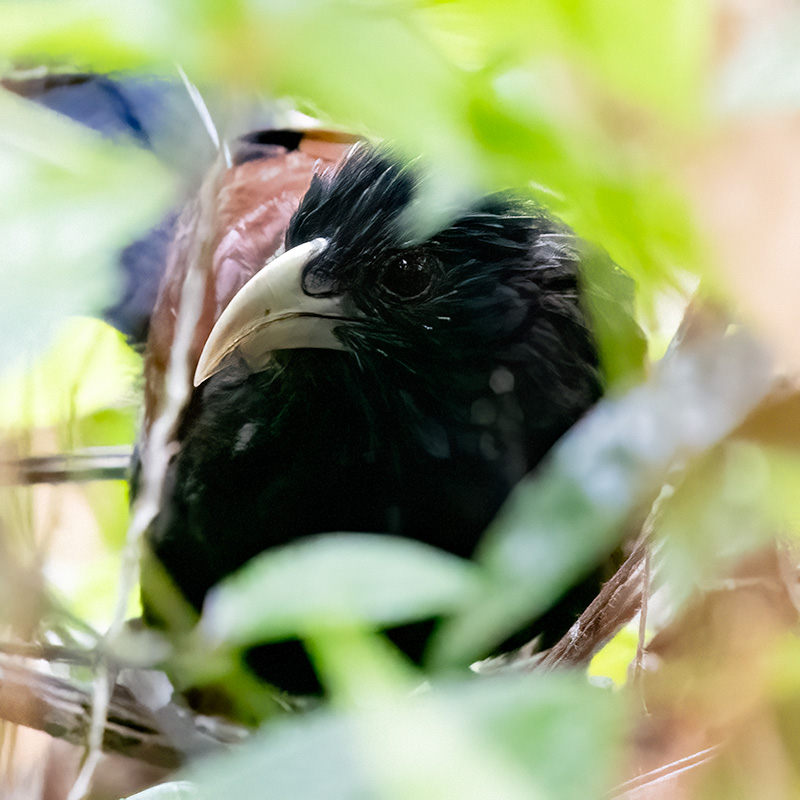
Towards the end of the afternoon we had our second sighting of the Chestnut-backed Owlet, which was soon joined by a second bird, although they didn’t pose too well for a photograph. Nevertheless, it was a lovely sighting.
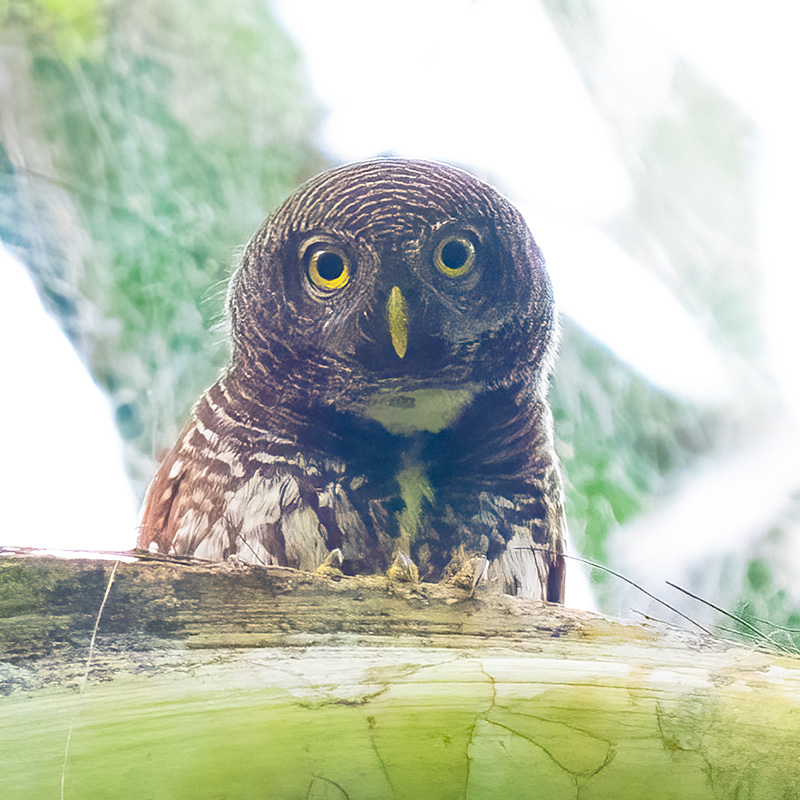
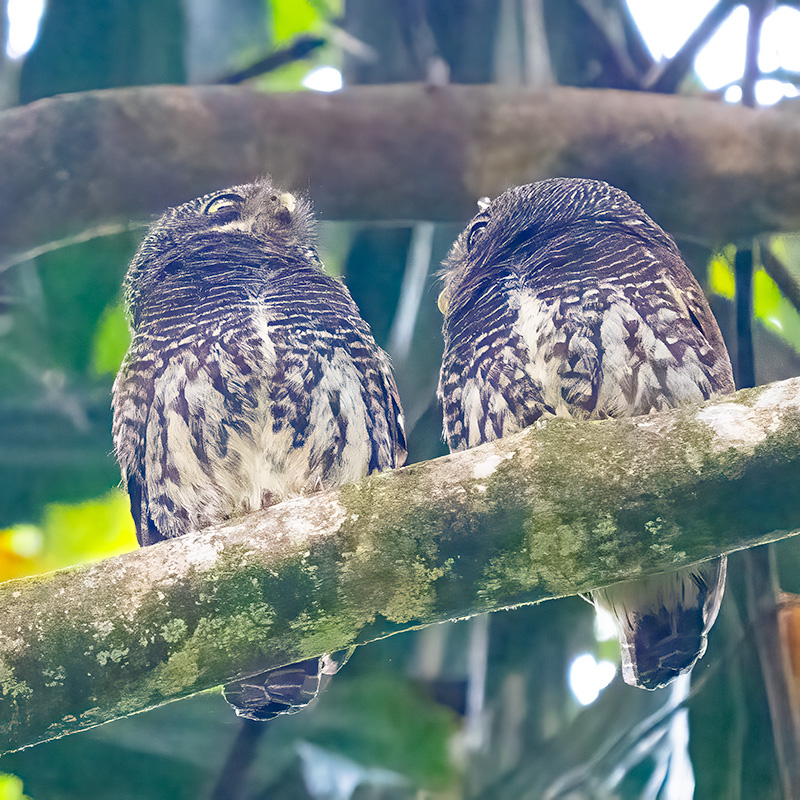
We spent the morning of 18 February back in the Sinharaja Forest Reserve, this time entering via the main entrance.
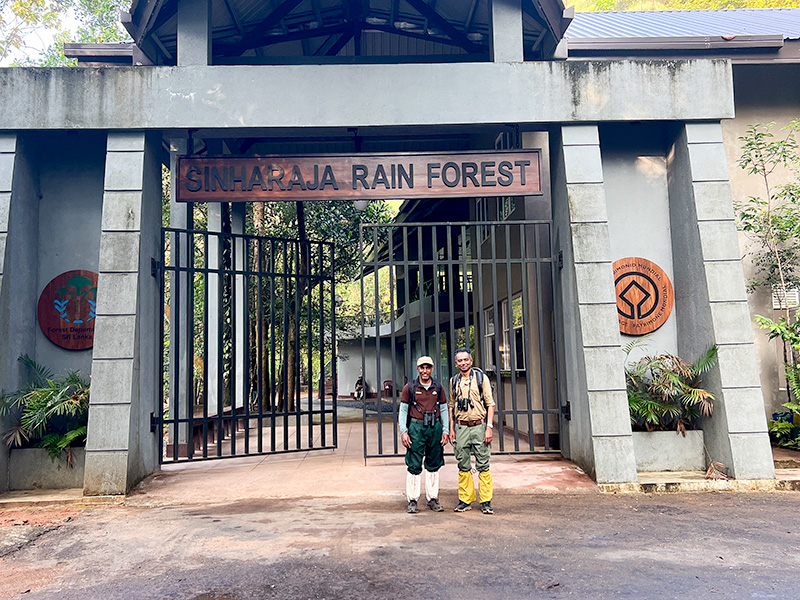
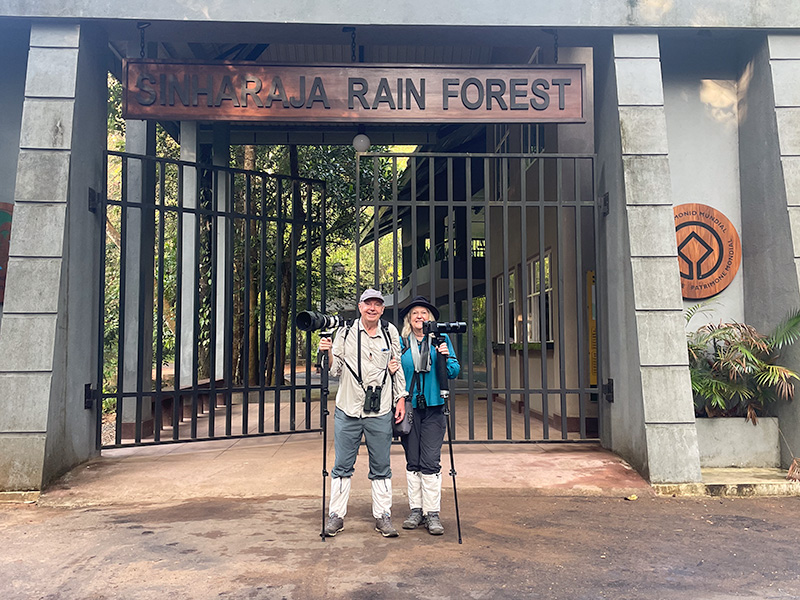
We gradually worked our way up the hill with quite a few other visitors. Initially, the birding was slow, but we did get Brown-breasted Flycatcher and Golden-fronted Leafbird. At the research centre we spent some time around their feeders and had good views of a Sri Lanka Grey Hornbill.
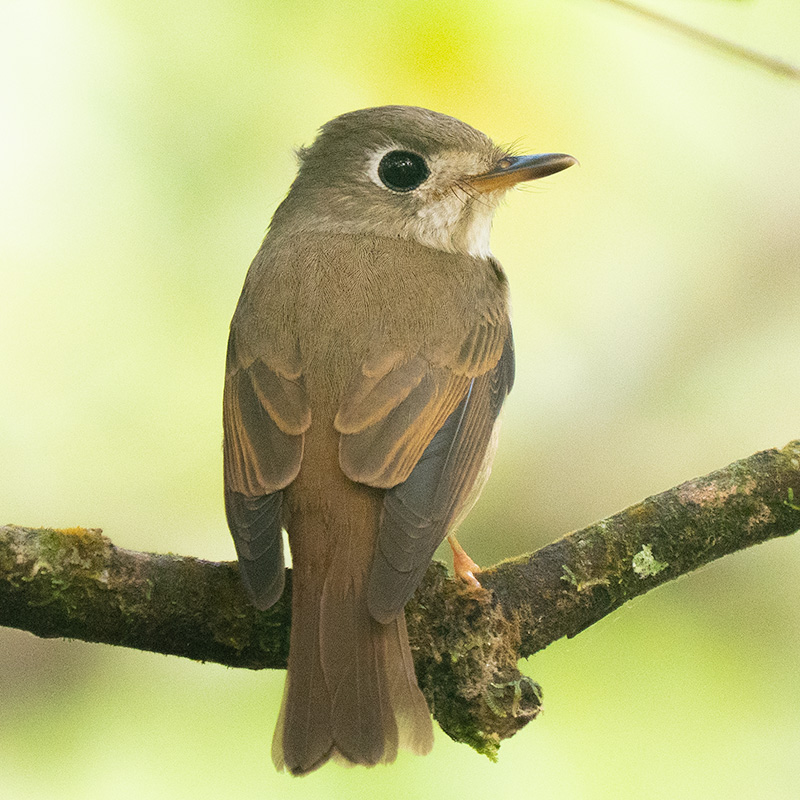

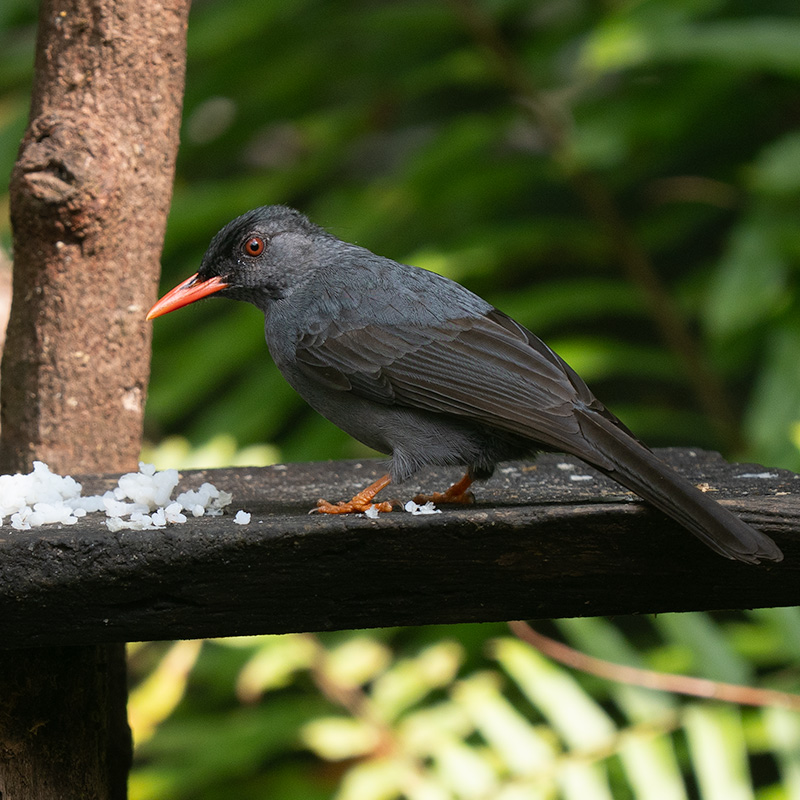
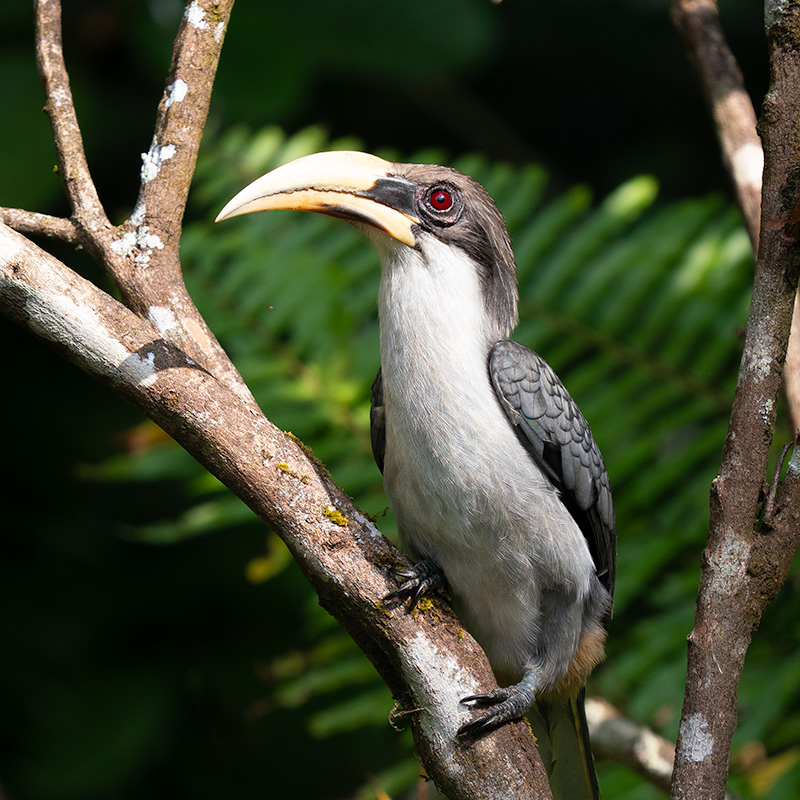
The pace of birding then picked up with a number of excellent birds appearing. The best was undoubtedly the Red-faced Malkoha, which lurked in the bushes for quite a while, but then finally posed well on a branch. Another very good bird was the Ashy-headed Laughingthrush, which is another of the endemic birds of the country. Finally, we had good sightings of the colourful male and female Malabar Trogon.
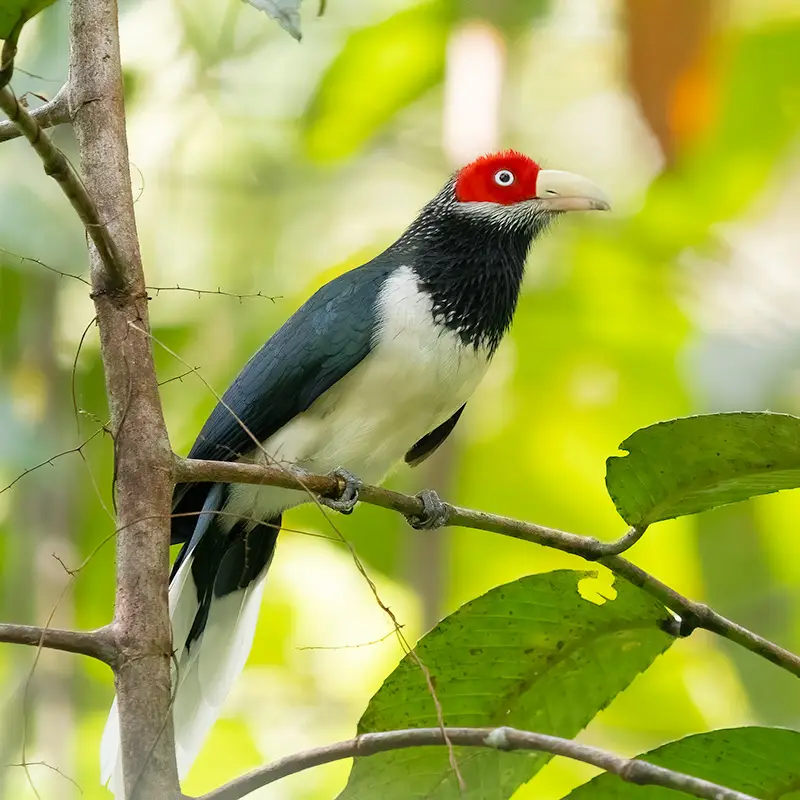
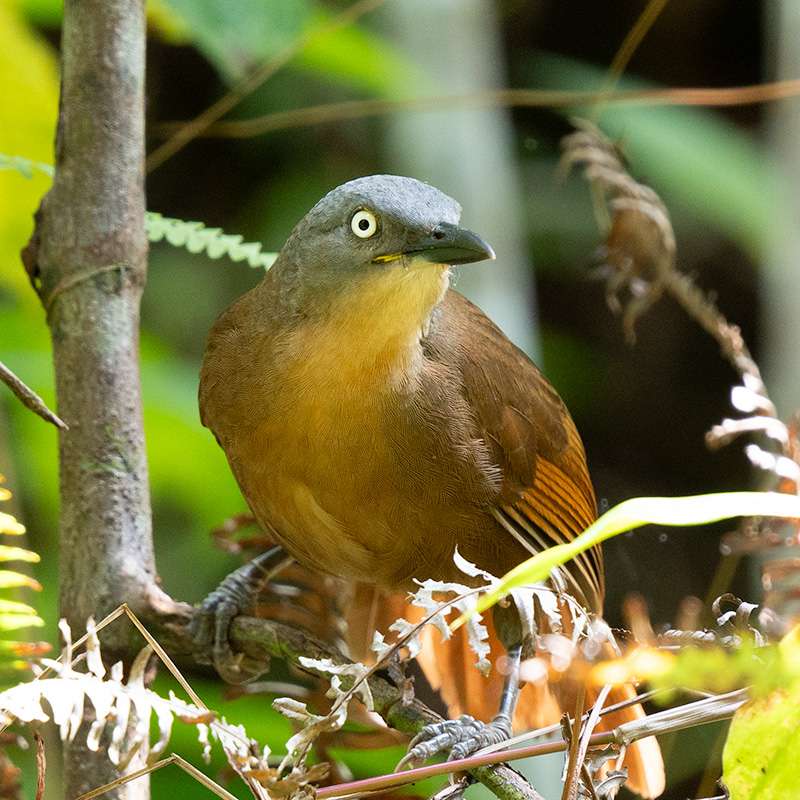
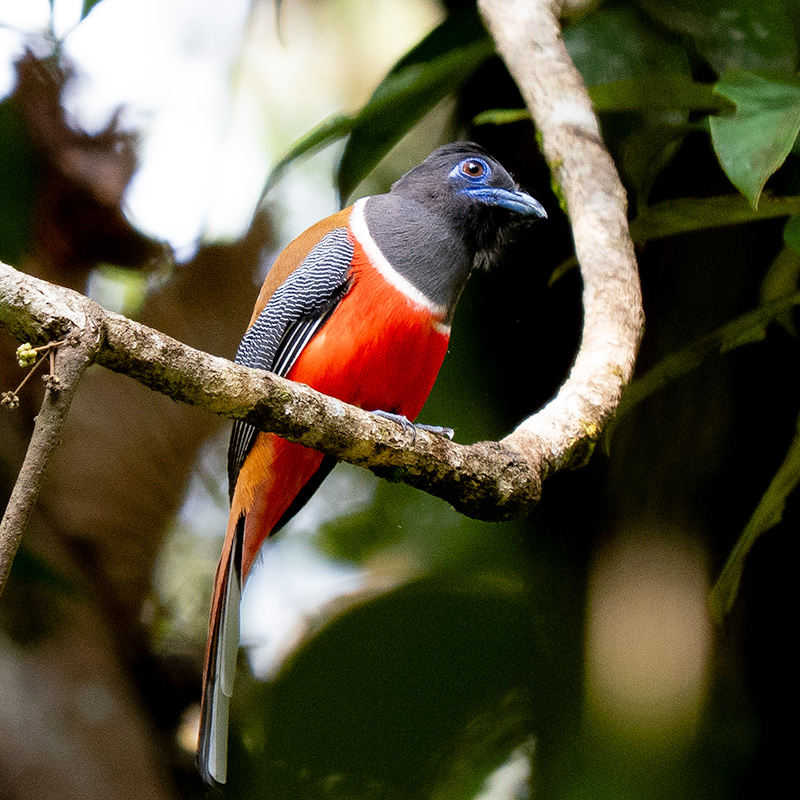
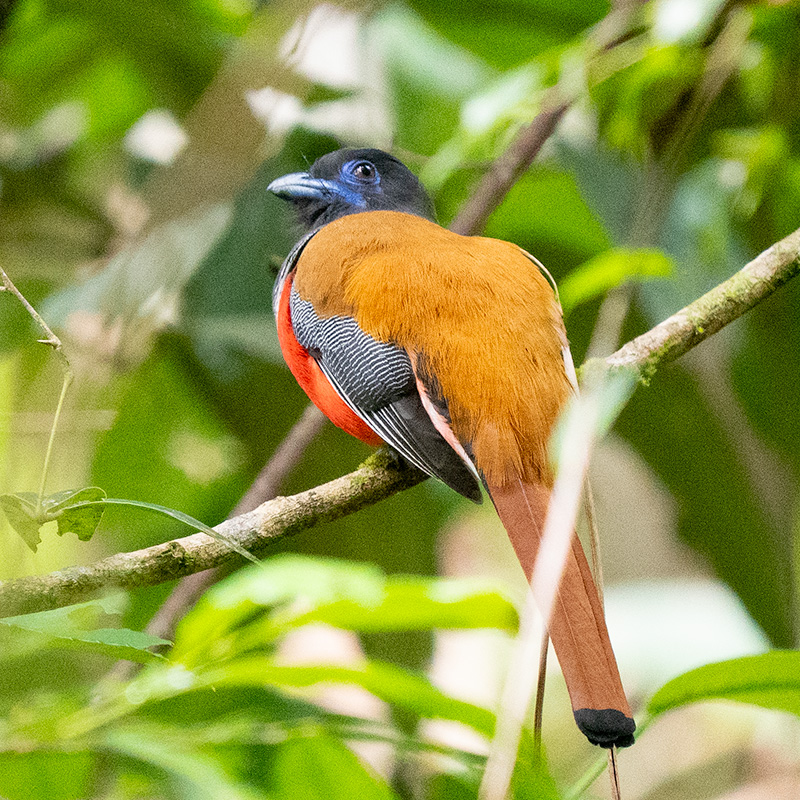
After our successful morning, we went back to the Blue Magpie Lodge for lunch. For our late-afternoon session we birded along the road that passed our lodge on the south side of the Gin Ganga river and took some side roads to higher levels. We soon saw an Ashy-headed Laughingthrush and a colourful Asian Emerald Dove. We also had good views of the White-bellied Drongo.
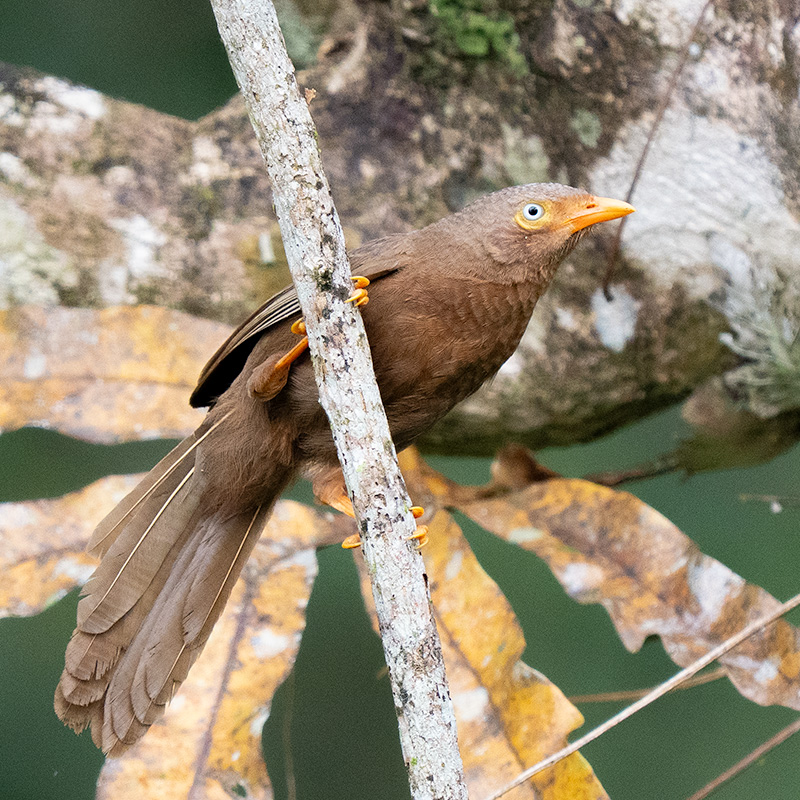
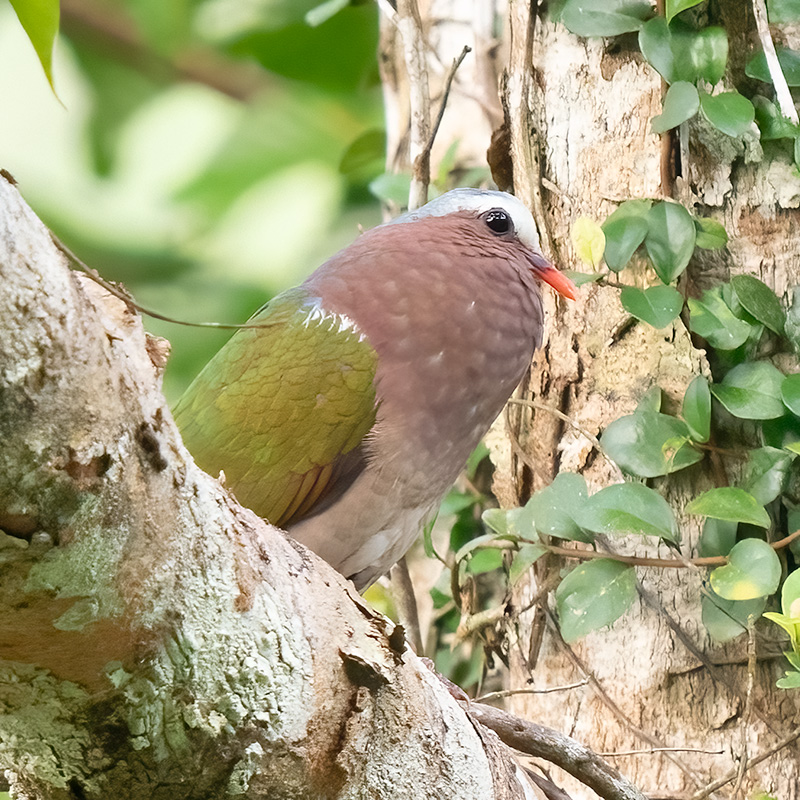


19 February was the final day of our tour and we started by birding in Sinharaja along the south side of the river. A Black-hooded Oriole was a new trip bird and we got a better photograph of the Asian Emerald Dove.
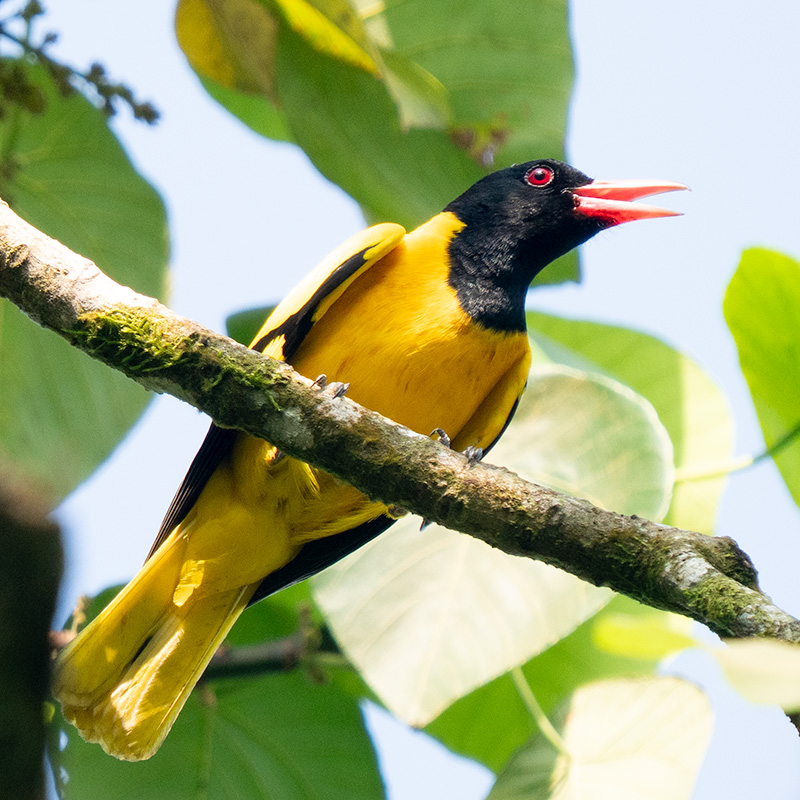

As we climbed up one of the side roads we saw a couple of raptors overhead. Legge’s Hawk Eagle was new for us, although we’d seen the Black Eagle before in India.

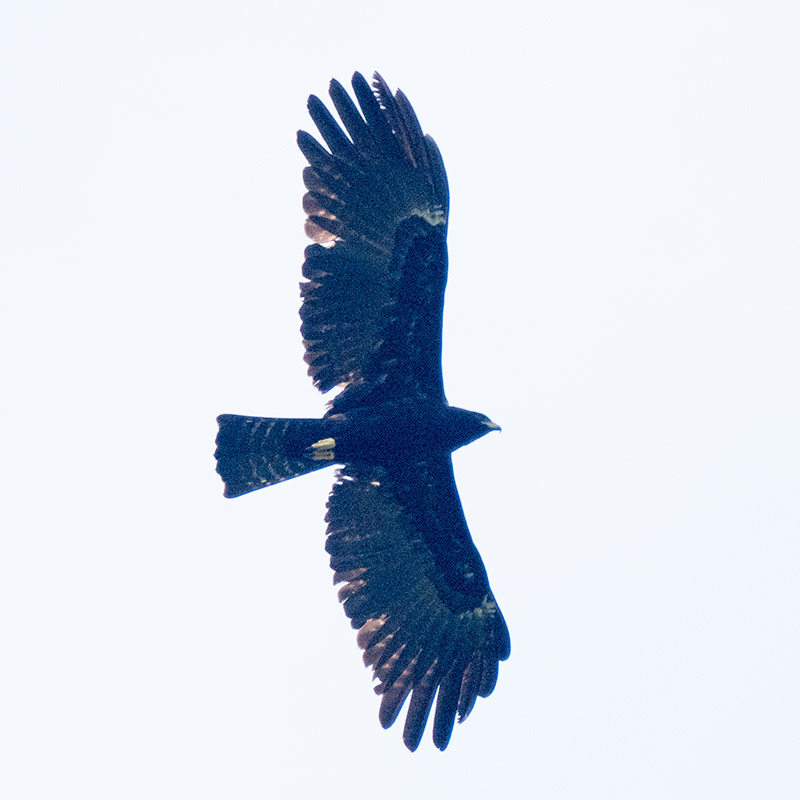
Our bird tour ended in Galle where we were to spend our last few days in Sri Lanka.